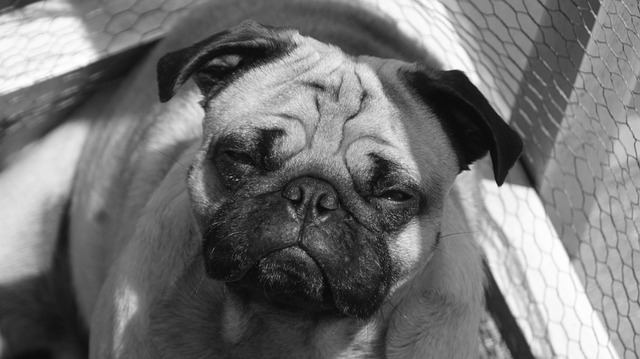Questions Pet Owners Have About the Euthanasia Process
When your pet is near the end of its life, you’ll have to make a difficult decision regarding the best time for it to cross the rainbow bridge. Euthanizing the dog or cat is a humane decision you can make for your furry companion when its health is rapidly deteriorating. However, it’s still a heart-wrenching choice to make. To make the euthanasia process easier to go through, we’ve answered common questions pet owners have about this procedure.
When Is the Right Time for Euthanasia?
The right time to say goodbye to your pet once it reaches the end of its lifespan is mostly a personal preference. Your veterinarian may recommend the procedure, but ultimately, the choice will come down to you. A good indicator that this might be the best option for your dog is if its happiness, quality of life, and comfort levels are beyond repair and declining fast.
How Long Will the Process Take?
When you come in for the appointment, it can take anywhere from 30 minutes to one hour. The actual procedure will last only a few minutes, and the solution they inject works within 30 seconds. This procedure could take longer if you need more time to say goodbye to your pet before starting the process.
What Happens During the Euthanasia?
First, your veterinary technician may decide to place an IV in your pet before administering any solutions or agents to make the process quicker and smoother. Second, they may use sedation to relax the cat or dog and reduce stress before injecting the solution that will stop the heart. Lastly, the euthanasia solution will go through the IV, which stops the heart and other body processes.
Does Euthanasia Cause My Pet Pain?
A common question pet owners have about the euthanasia process is if it will cause pain for the animal. In short, the vet and staff work hard to ensure your pet doesn’t feel any pain throughout this procedure. However, because the euthanizing solution is a form of anesthetic, it could cause your dog or cat to have unusual leg or head movements as it loses consciousness. It’s important to note that this isn’t causing your companion pain. However, the vet can use sedation to minimize these movements. Additionally, as the vet places an IV, your pet may whimper or cry because of the needle.
All in all, this process is similar to when we go under anesthesia for surgery. Your pet will not feel any pain throughout the process. Plus, comfort is the main priority for veterinarians.
Most owners decide to keep the body for burial or cremate their pet to keep the ashes. Euthanasia is a significant decision to make for your pet. Consider this procedure when your companion is no longer happy and enjoying life, it’s uncomfortable, or the vet recommends it. It’s difficult to fathom life without your pet, but it may be the humane choice to let it cross the rainbow bridge





